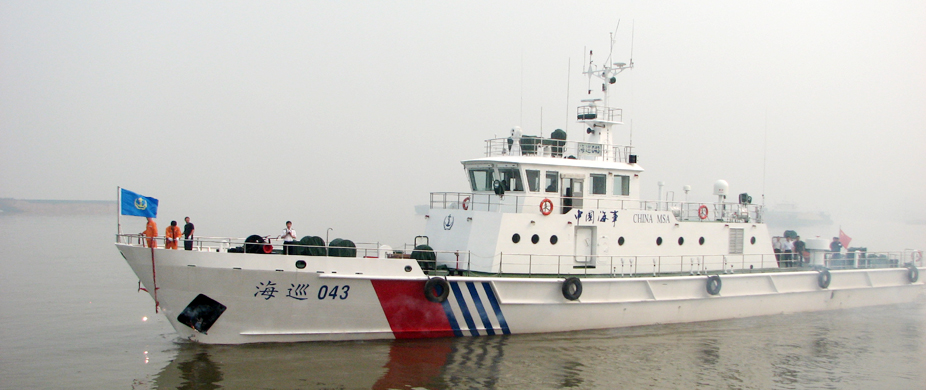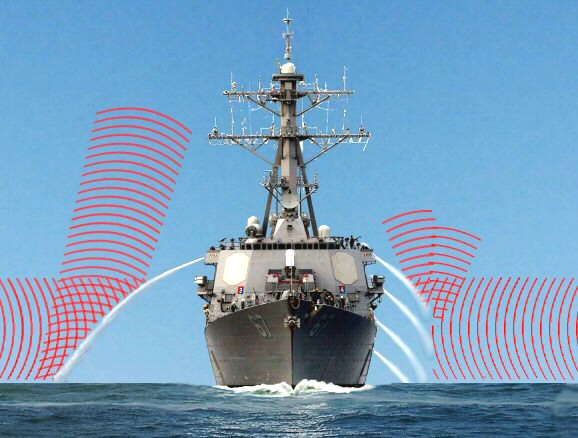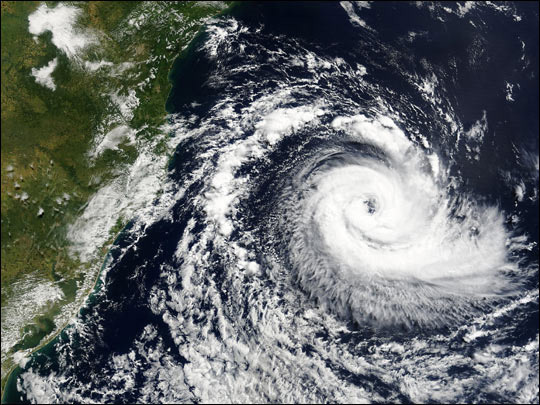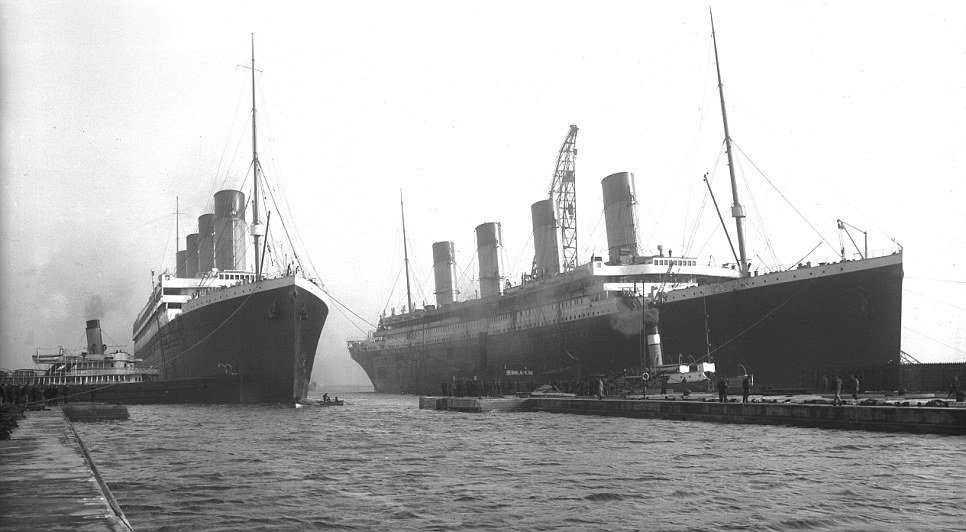
It is not difficult to understand why we are studying speed measuring devices and techniques in terms of ships and marine vessels. The importance of speed measurement comes from the fact that man has probably been obsessed with the concept of speed since times immemorial.
We have invested our efforts in inventing speed measuring devices, methods and techniques for measuring the speed of everything, the speed of water, air, light, sound and even all man made inventions like a car, a plane, a ship. The methods of measuring speed of have not remained untouched by technology. As technology has progressed so have the techniques and the methods for the same. The measuring of speed in case of ship has experienced phenomenal changes over a period of time.

Before the various methods can be discussed, it is important to know that the speed of ship is measured in knots.
1 knot = 1.51 miles/hour
The number of knots passing through the hands of a sailor in a given period of time would give a relative indication of the speed of the vessel. The string was attached to a log which was thrown into the water.
The various speed measuring devices used on marine vessels that have been used till date are as follows:
Methods of speed measurement
-
Throwing a Log in the Water:
However surprising it might seem but the earliest speed measuring device was just a simple wooden log. Before any technical method was invented, the method that was employed to measure the speed was to throw a log of wood in the sea. The time that it would take the ship to move away from the log was recorded. This allowed for making an estimation of the speed of the ship.
-
Chip and Log Method:
The next method that was used was an improvisation on the previous one. It is also known as the log and reel method. A chip log is a wooden board that is attached to a log line. The log line has knots at uniform distance of 47 feet and 3 inches and it is wound on a reel for the purpose of convenience.
-
The Pitometer:
The next device that was used for measuring the speed was the pitometer log devices. This was a relative measure of speed. The speed of the ship was measured against the water that passed by the ship. The pitometer are a range of devices and the Impeller Log and the Propellor RPM devices are included in this category.
The GPS Method:
Most ships these days use the GPS devices to measure the speed. The GPS devices are used in smaller to the largest of vessels today. The GPS devise measures all the necessary navigational data including the speed of the ship. The speed is measured by using the satellite, radio receiver and transmitter system. This is the most accurate method of measuring the speed of a vessel.
-
Using the Doppler Shift:
as we know the Doppler Effect refers to the relative change in frequency of a wave when the source and the observer are in relative motion. Of course it must be understood that the frequency or wavelength does not change in actual, but is only perceived as being changing. This phenomenon is used even in Doppler guns used by police squads to detect over speeding vehicles. Some ships are armed with sonar instruments which measure the Doppler shift. The sound pulse that is generated by the ship’s motion is reflected off of the ocean bottom and the same is measured by these sonar instruments.
-
Correlation Velocity Log or CVL:
The CVL uses a combination of a transmitter and multiple receivers. It is an expensive method of measuring the speed. Correlation is worked out between signals received by various receivers at distinct points in time and the same is used to measure speed.
We hope this article has given you sufficient information about the speed measuring devices used on ships and other marine vessels.
Ship Speed Measurement Techniques,






